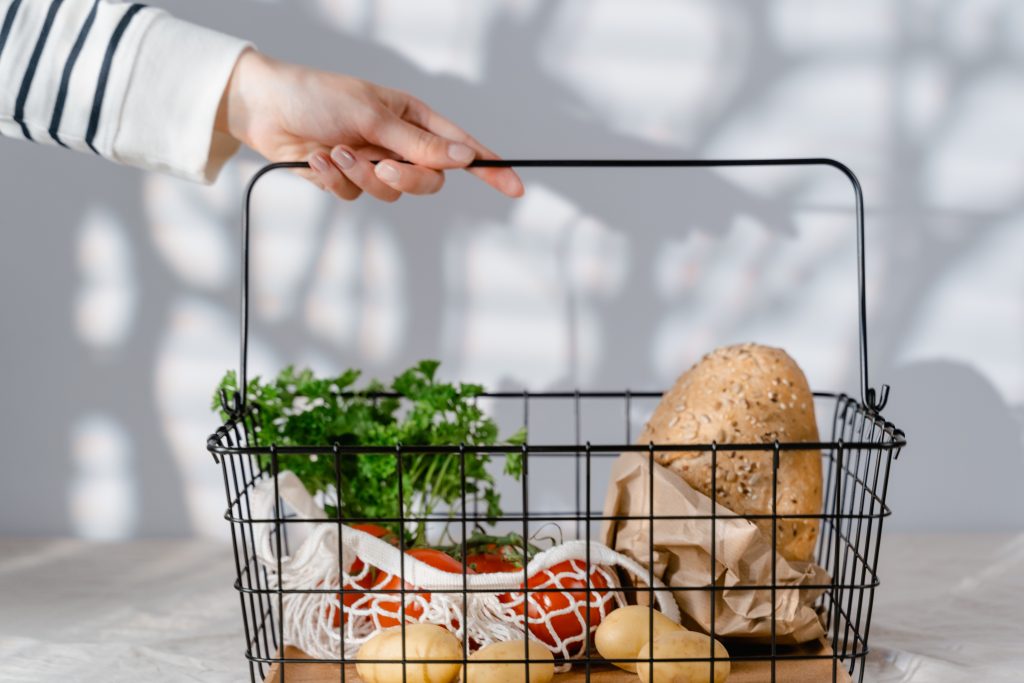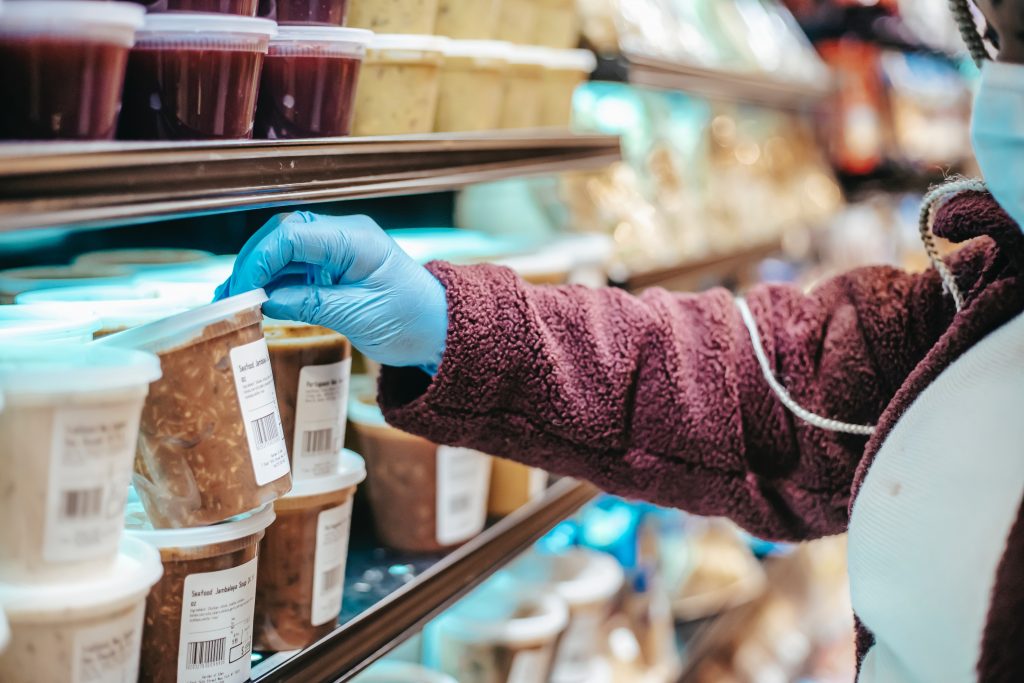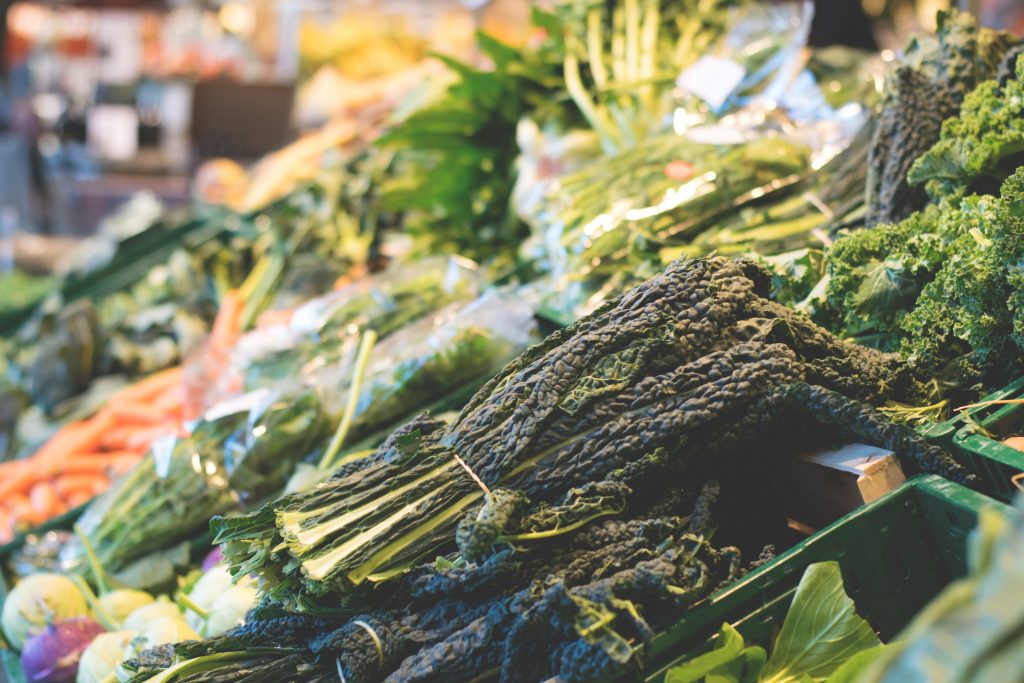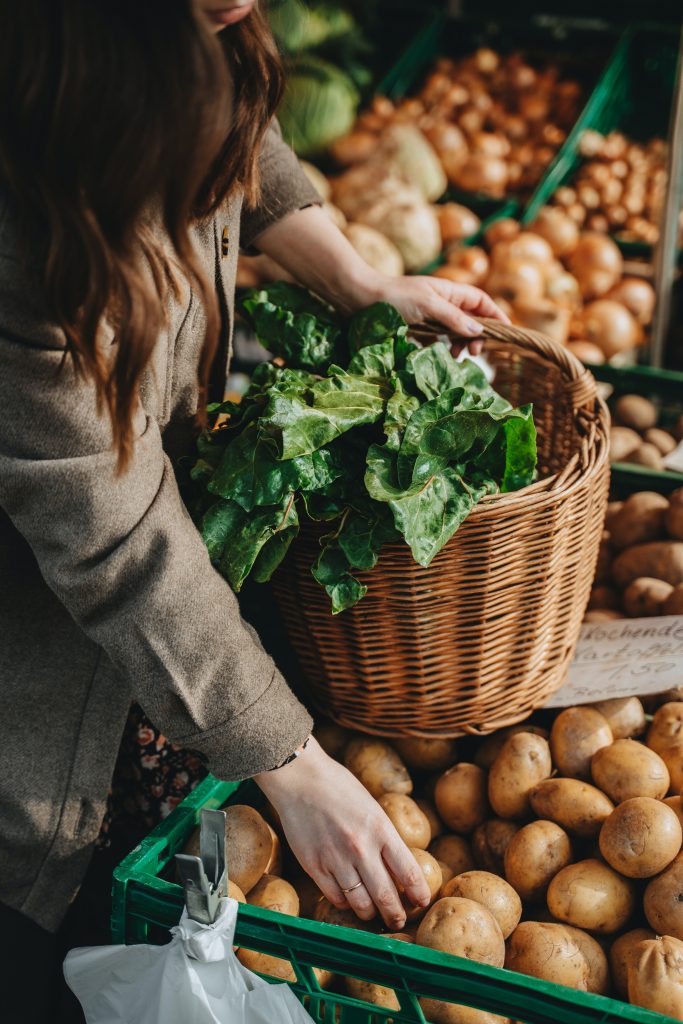Are you looking for a way to save time and money while grocery shopping? Do you want to know how to grocery shop like a pro?
Going to the grocery store for the first time can be a bit nerve-wracking, especially if you haven’t done it very often before. Shopping can feel like a hassle, but it’s an essential part of keeping your body healthy. Good cooking begins with high-quality ingredients.
And we can’t expect high-quality ingredients to come out of thin air in our pantries. Most of us get them from the grocery store unless we have access to a farm or a garden.
So to help make the most of your grocery trips, here are some tips on how to grocery shop like a pro:
① Get Your Meals Ready

Planning your meals in advance is a great way to save time and money at the grocery store. It’s common for shoppers to forget something essential when they head out to the store, so it’s best to have a short list ready.
If you do this, you’ll probably end up wasting a lot more time and money than you had planned.
Instead of attempting to wing it every night for an entire week, plan out your meals in advance. Search the web, browse Pinterest, or just jot out a grocery list of the things you usually have on hand to make your favorite dishes.
If you do this in the comfort of your own home, you’ll save time and money at the store by going in with a clear idea of what you need.
② Shop The Perimeter Of The Store
The outer aisles of most grocery stores usually carry fresh foods—think produce, meat, and dairy products. The inner aisles are home to more processed and packaged items like snacks, frozen meals, canned food, and other convenience items.
Rather than filling your cart with processed and packaged foods from the inner aisle, focus on buying fresh items from the perimeter. This is where you’ll find the most healthy staples like fruits, vegetables, lean proteins, whole grains, and healthy fats.
Not only are these ingredients healthier than their packaged counterparts, but they’re often cheaper too.
③ Shop By Yourself
It’s much easier to stick to your list and avoid impulse purchases when you’re shopping by yourself. It may seem like a fun activity to bring the family along, but it will take longer and cost more if you do this.
Plus, trying to get everyone on board with your healthy choices can be tricky when they’re all looking at their own items.
If you must bring the family along, give each person a list with only the needed items. This will cut down on the number of impulse purchases and help them stay focused on getting what they need quickly.
④ Opt For a Basket Instead Of a Cart

Using a basket instead of a cart can help you stay focused and buy only what you need. It’s hard to fit an entire cart’s worth of groceries into a tiny basket, so it will force you to stick to your list and not overbuy.
Plus, since baskets are smaller and easier to maneuver around tight corners, you’ll be able to get in and out of the store faster.
⑤ Stick To Your List
Once you’ve planned out your meals and made a shopping list, it’s time to head to the store. This is where the real fun begins!
When you get there, be sure to stick to your list as much as possible. It can be tempting to buy things that aren’t on your list, especially if they’re on sale, but it’s important to remember that those savings only add up if you actually need them.
If you find yourself tempted by something that isn’t on your list, take a deep breath and remind yourself why you’re there. This will help keep temptation in check and ensure that you stick to your budget and eat healthily.
⑥ Get Frozen And Canned Foods

Frozen and canned foods are great options for those on a grocery budget. They’re often cheaper than their fresh counterparts, and they last longer too.
Canned goods, in particular, can provide an easy way to increase your intake of veggies like squash, spinach, beans, and tomatoes without buying the more expensive fresh varieties. Just be sure to look for BPA-free cans and buy brands that don’t contain added sugars or preservatives.
Frozen fruits and frozen veggies can also be a great way to save money without sacrificing nutrition. Frozen produce is usually picked at the peak of ripeness, so you’ll get all the vitamins and minerals without having to buy fresh.
⑦ Compare Nutrition Between Brands
When it comes to packaged foods, reading labels and comparing nutrition between brands can be a great way to save money without compromising on quality. Look for items containing the fewest ingredients and read the nutrition facts panel, so you know exactly what’s in each product. This can help ensure you’re getting the most bang for your buck.
For example, if you’re looking for a jar of peanut butter, compare the nutrition labels between brands and choose the one with the most protein per serving and the fewest added sugars or preservatives.
By taking this extra step, you’ll be able to save money without compromising on quality or your health.
⑧ Buy Bulk When Possible

Buying in bulk is also a great way to save money. This can be especially helpful for items like grains, nuts, and legumes with a long shelf life.
Whole grain flours, oats, and quinoa are all excellent to buy in bulk because they’re typically cheaper per ounce than their pre-packaged counterparts. They also tend to last longer, so you won’t have to worry about running out any time soon.
Nuts and seeds are another great item to buy in bulk because they’re excellent sources of plant-based proteins that can be used in various dishes. If you find yourself buying them often, consider buying them in larger quantities to save money over time.
⑨ Know When To Splurge
While being mindful of your budget is important, it’s also okay to splurge on certain items. For example, if organic produce is something that you care about, then it’s worth spending the extra money to get organic fruits and vegetables.
The same goes for grass-fed meats, wild fish, and cage-free eggs. These items may cost more than their conventional counterparts, but they’re often much higher in quality and nutrition.
So if these are important to you, don’t be afraid to splurge on them every once in a while.
⑩ Be Careful With Coupons
Grocery shopping with coupons can be a great way to save money, but it’s important to be careful when using them. It is essential to pay attention to the expiration date of each coupon and always check the details, as some offers are only valid at certain locations or times.
Additionally, it’s important to always read the full terms and conditions before accepting any offers, so there won’t be any surprises down the line. Finally, look out for hidden restrictions that may include minimum spend levels or maximum discounts; this will ensure you get full value from your coupons.
⑪ Sign up for the loyalty card.
Grocery shopping can be an expensive chore, but it doesn’t have to break the bank. Signing up for a loyalty card at your local grocery store can offer significant savings while also rewarding you for being a loyal customer.
Not only can such a program earn you discounts and exclusive offers on featured items, but some stores have also implemented additional benefits to their loyalty cards, such as points that accumulate over time and enable customers to access major discounts or even free groceries. You really can get the most out of your grocery trips by signing up for a loyalty card and becoming an integral part of the store’s brand — not to mention saving money in the long run.
⑫ Try To Avoid Shopping When You’re Hungry

It’s easy to be tempted by sugary snacks and unhealthy junk food when shopping for groceries on an empty stomach. To help avoid overspending, try eating a light meal or healthy snack before heading to the store. This will prevent you from becoming so hungry that all you can think about is getting food in your stomach, which can cause you to buy impulsively and make poor choices while grocery shopping.
⑬ Consider Online Grocery Shopping
Online grocery shopping is an incredibly convenient way to buy the foods and drinks you need for your family. It allows you to quickly compare prices, save money from promotions, and avoid the long queues and crowds of physical stores.
You can buy whatever items you want without worrying about carrying heavy bags back home either; many websites offer same-day or next-day delivery services so that your order arrives fresh and ready to eat as soon as possible. Furthermore, most online grocery sites provide extensive filtering options so you can easily browse through specific products.
⑭ Reduce Food Waste

Food waste is an important issue to be aware of when grocery shopping. To reduce your food waste, plan in advance which meals you want to make for the week and buy only what’s necessary. Additionally, check expiration dates before adding items to your cart and look for bulk discounts if you plan on using a lot of something.
Preparing meals with leftovers is also an effective way to reduce food waste, as you can use what’s left over from one meal and transform it into something new. Finally, be mindful of portion sizes when preparing meals; even if you don’t end up finishing everything in one sitting, you can store most foods away for later.
⑮ Reduce Plastic Usage
Reducing plastic usage when grocery shopping is both a rewarding and practical activity. It’s an opportunity to take positive action to protect the environment and reduce our contribution to plastic pollution.
Shopping with reusable cloth bags, glass containers, and better food storage options can help to cut down significantly on single-use plastic waste. It may require some extra planning, but it pays dividends in the long run – not only are you doing something good for the planet, but you’re also cutting back on packaging costs and making your weekly shop more sustainable. It’s a win-win situation that everyone should be taking advantage of!
⑯ Experiment With Generic Products
Have you ever heard of generic brands? Many stores offer their own generic alternatives to popular products that are often significantly cheaper than the name brand. It might be an unfamiliar experience — especially if you’re used to buying a particular food or item — but it can help you save quite a bit while still getting good quality items. Give it a try and see if the generic products fit your needs.
⑰ Track Your Spending
Finally, the best way to ensure you’re getting the most out of your grocery shopping is to track your spending. To do this, create a spreadsheet or keep a running tally on paper with all of your purchases. This will help you get an idea of how much money you are actually spending each month and identify any areas where you can cut back.
By tracking your grocery spending, you’ll be able to make more informed decisions when it comes to what you buy and how much of it you buy — saving money in the process. With a bit of added discipline and planning, you’ll soon become a pro at grocery shopping!
Frequently Asked Questions
Q: How can I make my grocery shopping list more efficient?
A: Making a grocery list is one of the most effective ways to save time and money while shopping. Try to plan out your meals for the week in advance, then make a list of all the ingredients you need. Be sure to check your pantry before writing down everything on your list, as it’s easy to forget what you already have.
Additionally, sorting your list into categories like produce, grains, dairy, etc., can help you navigate the store quickly and efficiently. Lastly, try to stick to the list as much as possible — impulse buys can add up quickly!
Q: Does meal planning help with grocery shopping?
A: Absolutely! Meal planning is one of the most effective ways to save time and money for grocery shopping. By planning meals ahead of time, you can create a comprehensive list that only includes what you need for the week — minimizing food waste in the process.
Furthermore, it can help you make smarter decisions, as you know what ingredients are already at home and what new items are needed. Plus, planning meals can help ensure everyone in the house gets a healthy, balanced diet.
Q: What fresh produce should I buy?
A: It all depends on your personal tastes and dietary needs. In general, the best option is to opt for seasonal produce wherever possible — it will be fresher and usually cheaper too. Additionally, try to stock up on a variety of different fruits and vegetables to ensure you’re getting a balanced diet. Aim for at least five servings of fresh produce a day.
Frozen options are often the next best thing if you don’t have access to fresh fruits and vegetables or can’t find what you need. They’re convenient and retain most of their nutritional value.
Q: Is packaged food a bad choice?
A: Not necessarily. Packaged foods can be convenient and help you stick to your budget. However, it’s important to read the labels carefully and ensure that you get food with minimal additives or preservatives. Try to opt for items with less packaging whenever possible, as this helps reduce single-use plastic waste. And be mindful of portion sizes and try to limit your intake of high-sugar or high-fat packaged snacks.
Q: Does store brand food save money?
A: Yes, store-brand food can often help you save money. Generic items are often significantly cheaper than the name brand. It might be an unfamiliar experience — especially if you’re used to buying a particular food or item — but it can help you save quite a bit while still getting good quality items.
Final Words
Everyone has a different approach or uses different strategies to make grocery shopping easier and more efficient. It’s important to find what works best for you and your budget — whether that means meal planning, creating a list before shopping, or stocking up on generic items. However, always remember to be mindful of your consumption and buy only what you need. With a bit of discipline and planning, you can soon become a pro at grocery shopping!
